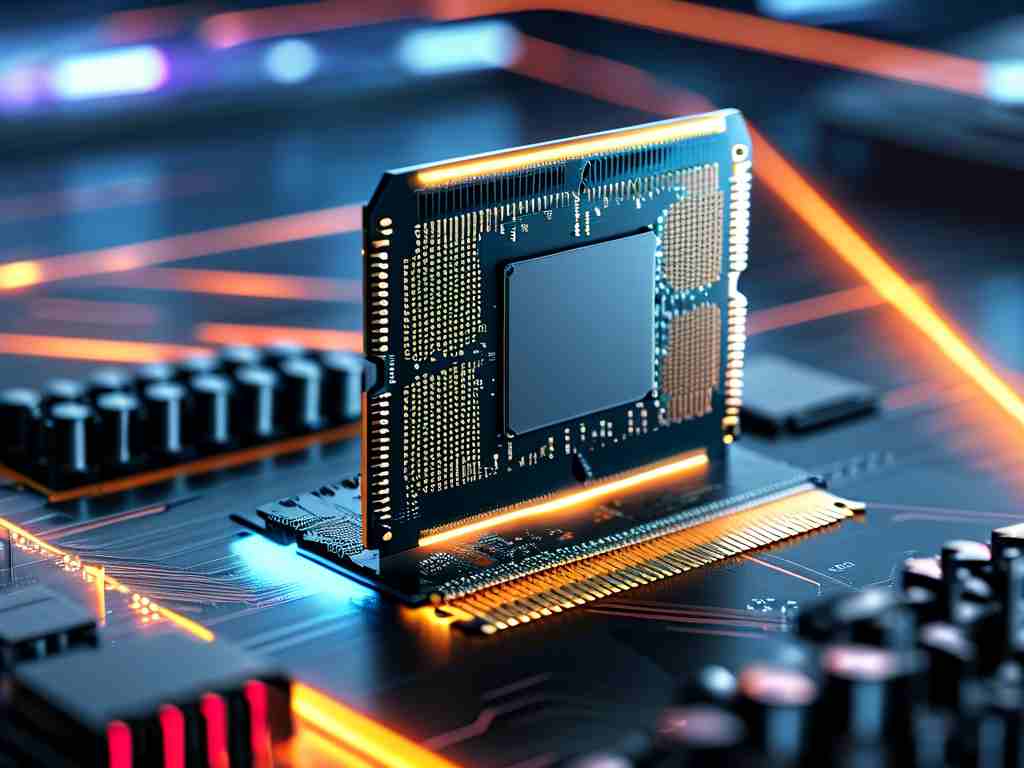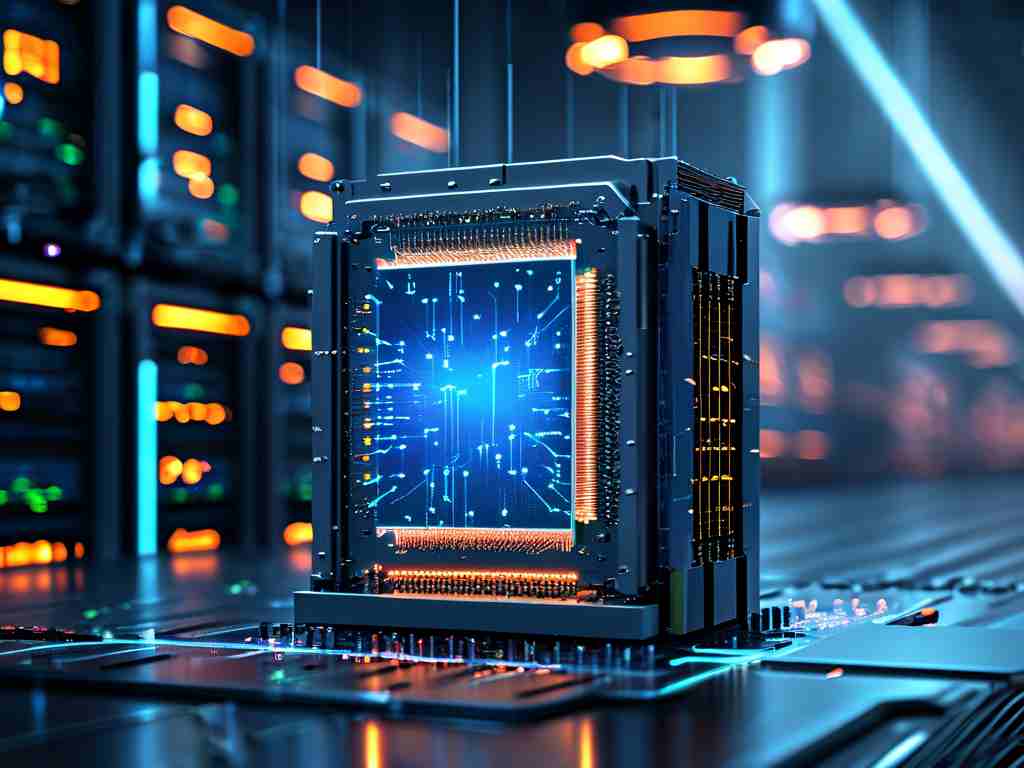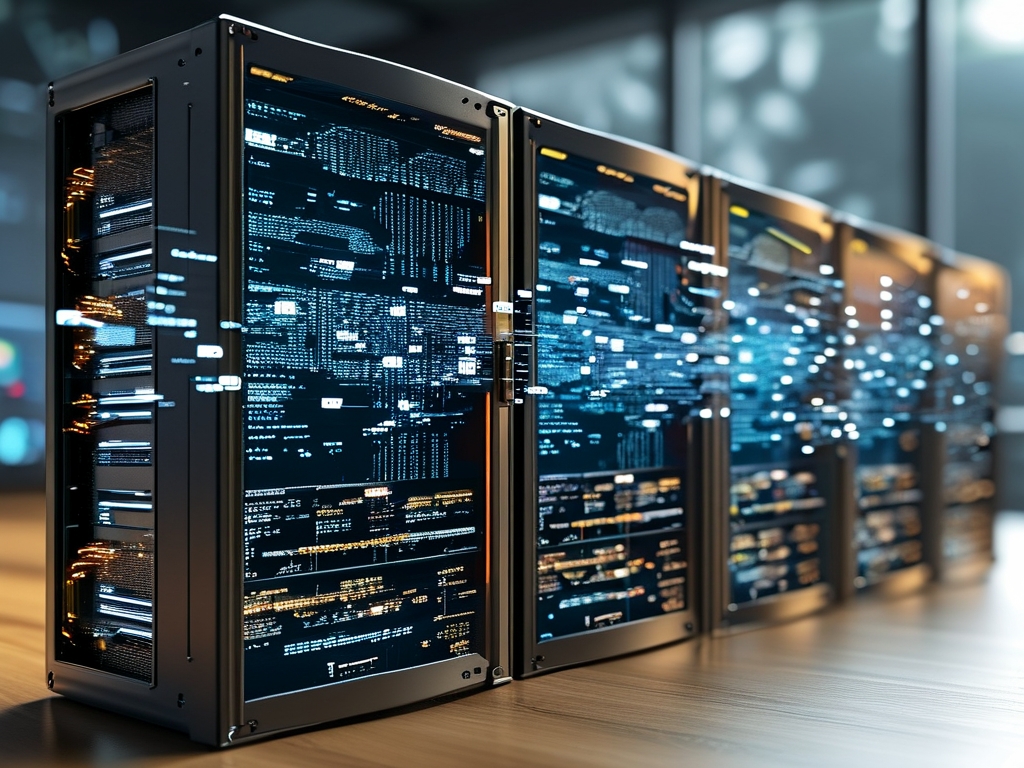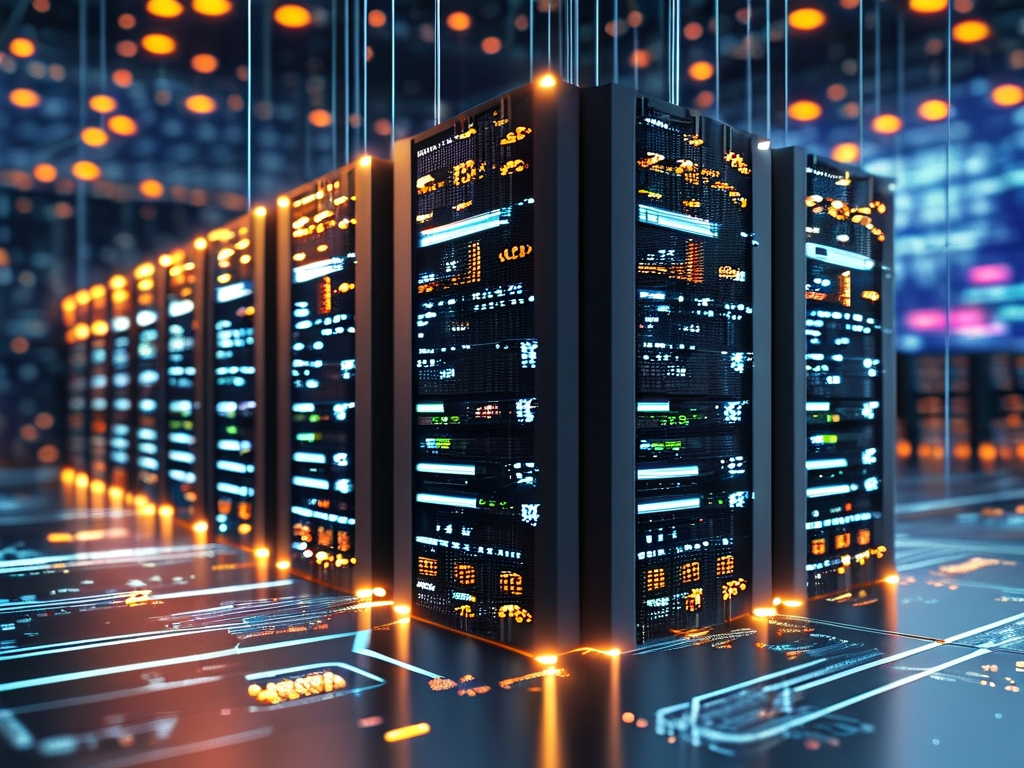In today's fast-paced digital era, the demand for real-time data processing has skyrocketed. Businesses, governments, and individuals rely on instant insights to make informed decisions, optimize operations, and enhance user experiences. This urgency has propelled the rise of In-Memory Computing (IMC), a groundbreaking technology reshaping how data is stored, accessed, and analyzed. But what exactly is in-memory computing, and why is it transforming the landscape of information technology?

Understanding In-Memory Computing
In-memory computing refers to the practice of storing and processing data directly in a computer's random-access memory (RAM) instead of relying on traditional disk-based storage systems. By eliminating the need to retrieve data from slower hard drives or solid-state drives (SSDs), IMC dramatically accelerates data processing speeds. This approach leverages the inherent speed of RAM, which can access data in nanoseconds-compared to milliseconds for even the fastest SSDs.
The core idea behind IMC is simple: keep critical datasets in memory to reduce latency. However, its implementation relies on advanced architectures, including distributed systems, parallel processing, and optimized algorithms. Modern IMC solutions often integrate with cloud platforms, big data frameworks, and artificial intelligence (AI) tools to deliver seamless performance.
How It Works: Breaking Down the Technology
Traditional databases store data on disks, requiring constant read/write operations that create bottlenecks. In contrast, in-memory computing systems load entire datasets into RAM at startup. This allows applications to query and manipulate data directly in memory, bypassing slower storage layers. Key components of IMC include:
- Distributed Memory Clusters: Data is partitioned across multiple servers, enabling horizontal scalability and fault tolerance.
- Parallel Processing: Tasks are divided into smaller subtasks and executed simultaneously across nodes, maximizing efficiency.
- Data Compression: Advanced algorithms reduce memory footprint without sacrificing performance.
- Persistence Layers: While data resides primarily in RAM, periodic snapshots ensure durability by saving backups to disk.
Applications of In-Memory Computing
The speed and agility of IMC make it indispensable across industries. Below are some prominent use cases:
1. Financial Services
Banks and trading firms use IMC for high-frequency trading (HFT), fraud detection, and risk analysis. For example, stock exchanges process millions of transactions per second, requiring sub-millisecond response times to execute trades profitably. In-memory systems enable real-time monitoring of market trends and instant decision-making.
2. Healthcare
Hospitals leverage IMC to analyze patient data in real time. Electronic health records (EHRs), genomic sequencing, and IoT-enabled medical devices generate vast amounts of data. By processing this information in memory, healthcare providers can detect anomalies, predict outbreaks, and personalize treatments faster than ever.
3. E-Commerce
Online retailers use IMC to power recommendation engines, inventory management, and dynamic pricing. Platforms like Amazon and Alibaba rely on real-time analytics to adjust prices, suggest products, and prevent cart abandonment-all while handling millions of concurrent users.
4. Telecommunications
Telecom companies employ IMC for network optimization and customer experience management. By analyzing call data records (CDRs) and network traffic in real time, they can identify outages, reduce latency, and offer personalized plans.
Advantages Over Traditional Systems
The benefits of in-memory computing are transformative:
- Speed: Query responses are up to 100,000 times faster than disk-based systems.
- Scalability: Distributed architectures allow seamless expansion as data grows.
- Simplicity: Reduced reliance on complex indexing and caching mechanisms.
- Real-Time Analytics: Enables instant insights for time-sensitive applications.
Challenges and Limitations
Despite its advantages, IMC faces hurdles:
- Cost: RAM is significantly more expensive than disk storage, making large-scale deployments costly.
- Volatility: RAM is volatile; power loss can erase data unless backed up.
- Data Volume: Extremely large datasets may exceed available memory capacity.
- Security: Storing sensitive data in memory requires robust encryption and access controls.
The Future of In-Memory Computing
As hardware costs decline and RAM densities increase, IMC is poised to become mainstream. Innovations like non-volatile memory (e.g., Intel's Optane) blur the line between RAM and storage, offering persistent memory solutions. Additionally, the integration of IMC with AI and edge computing will unlock new possibilities, such as autonomous systems and smart cities.
In , in-memory computing represents a paradigm shift in information technology. By prioritizing speed and efficiency, it addresses the growing need for real-time data processing in an increasingly interconnected world. While challenges remain, ongoing advancements in hardware and software ensure that IMC will remain a cornerstone of modern IT infrastructure.








